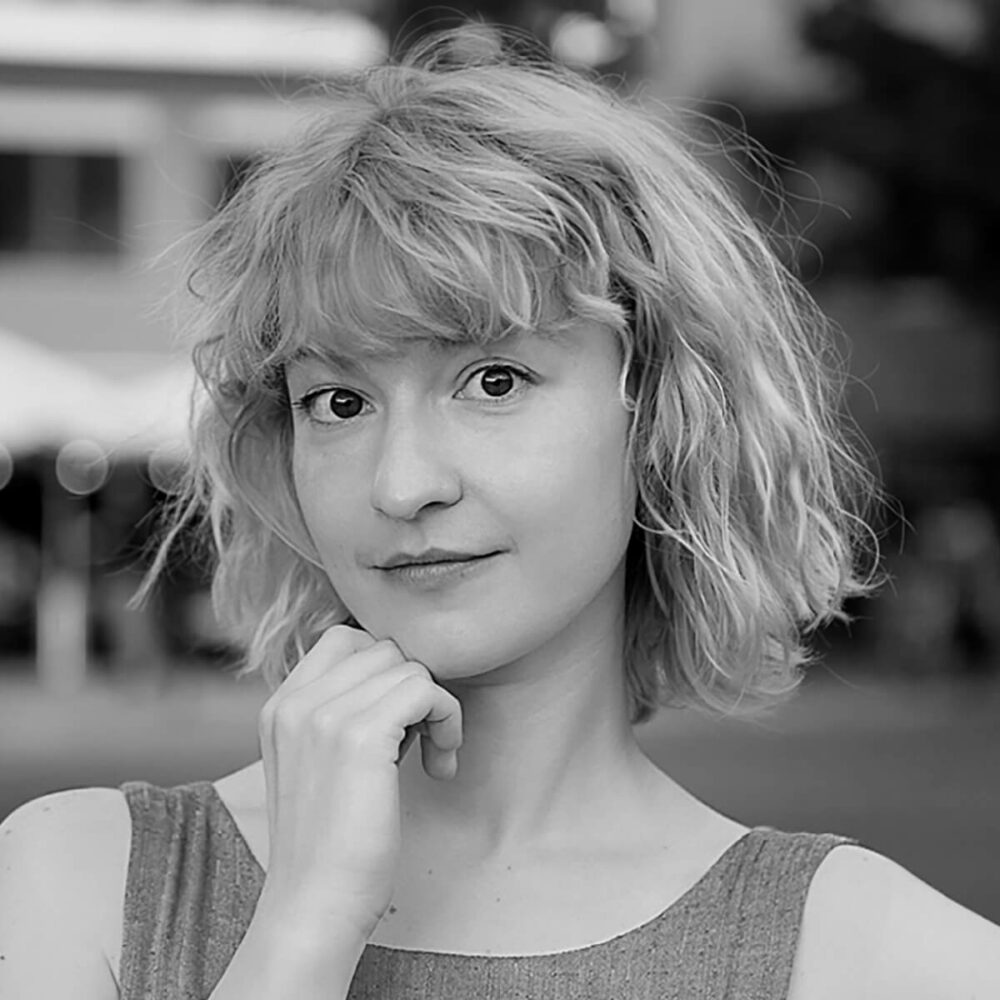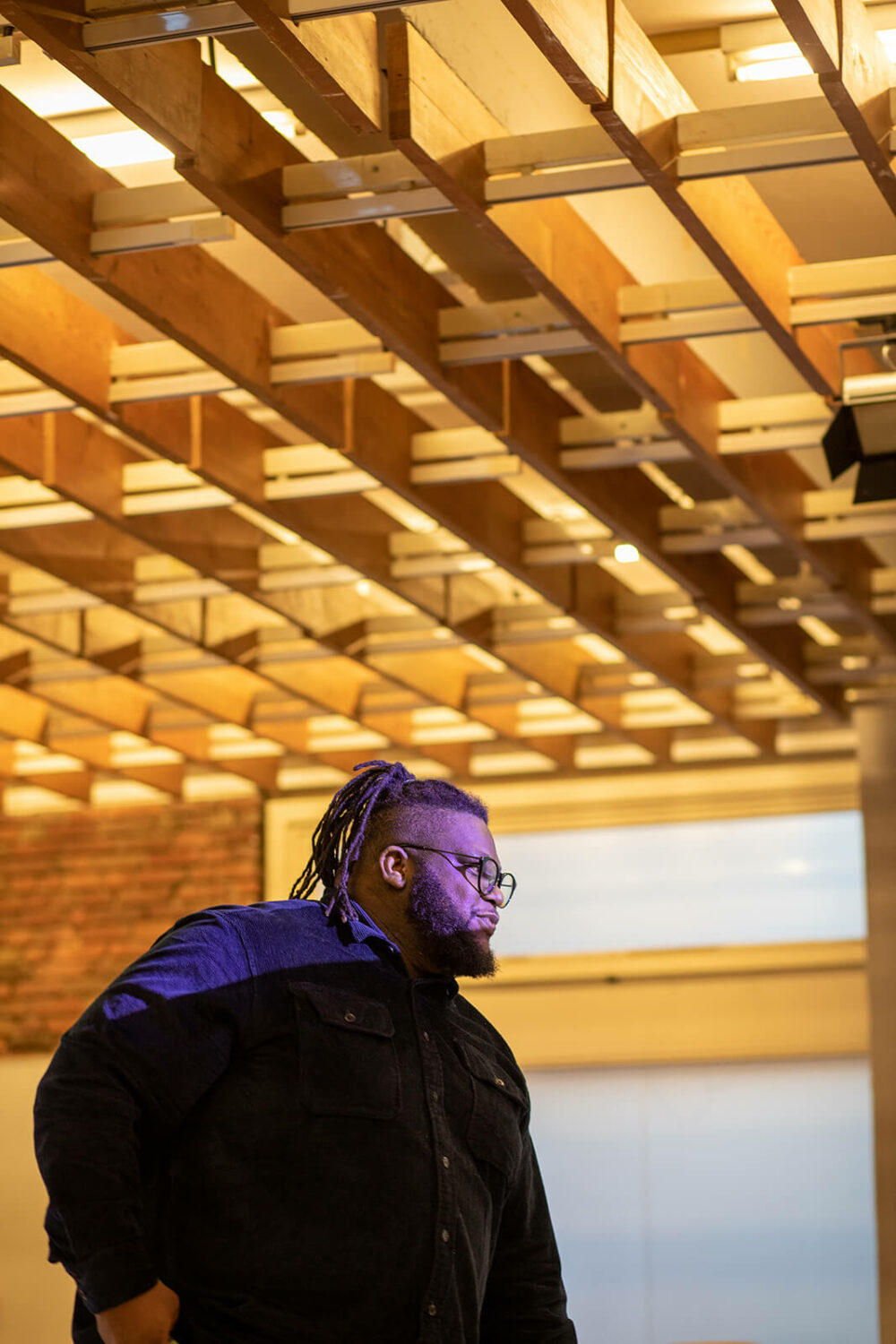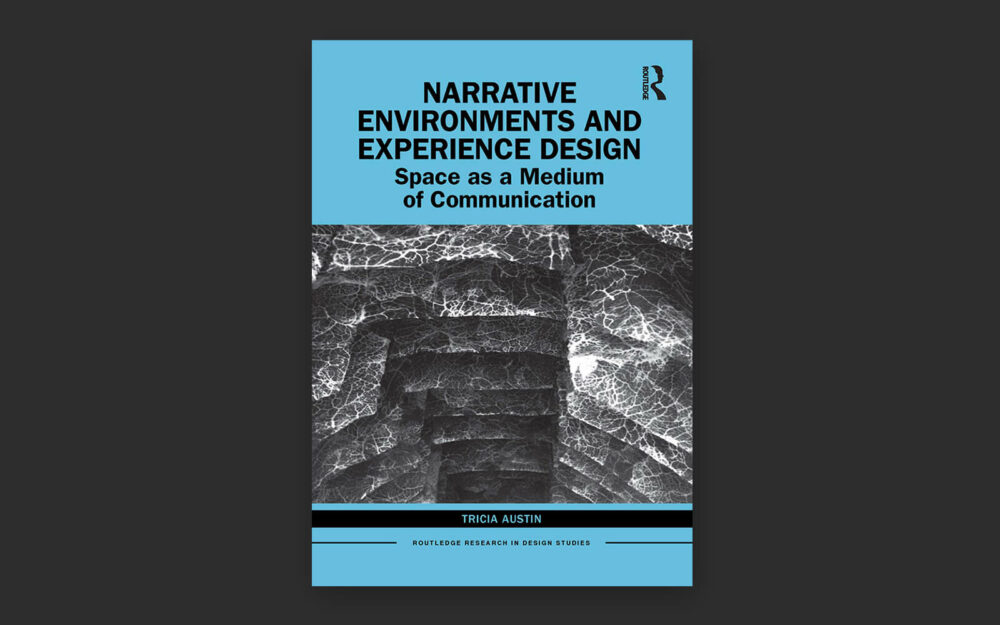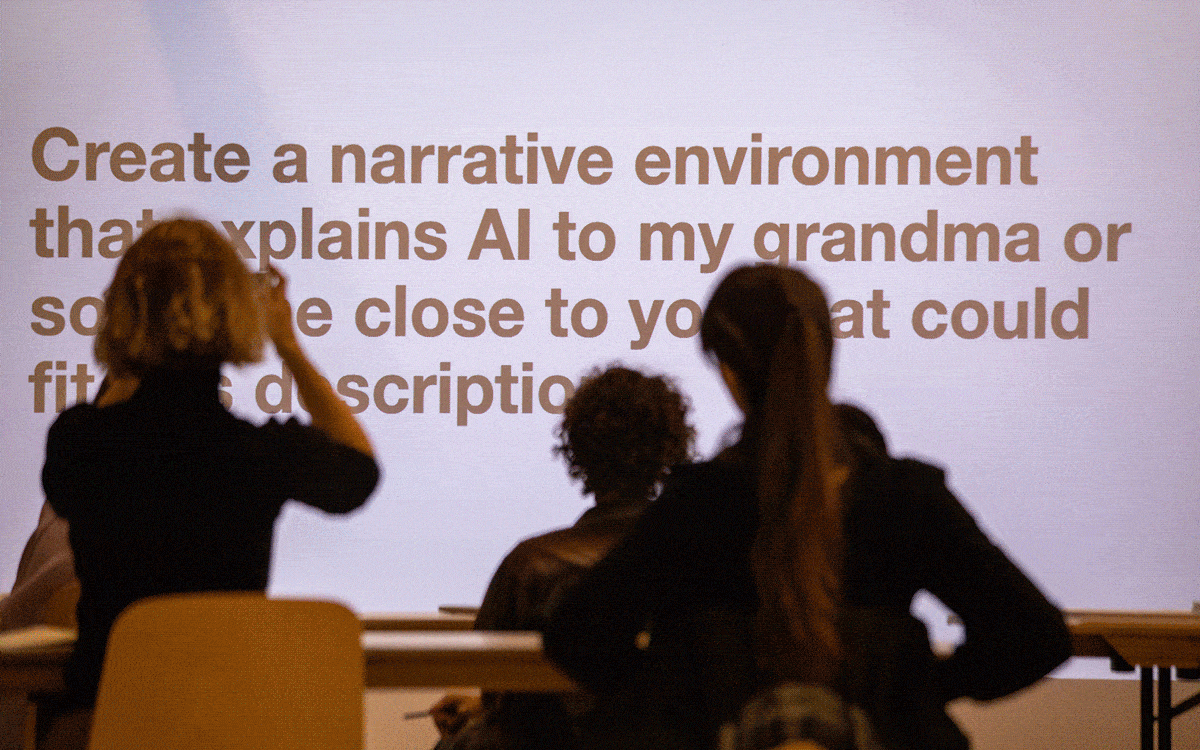AI Anarchies: My Grandmother and AI
Workshop
My Grandmother and AI
Instructor:
Lex Fefegha

Profile:
Lex Fefegha
Lex Fefegha is co-founder of COMUZI, a London-based design working to create positive human interactions. Recent personal projects include The Hip Hop Poetry Bot, a collaboration with Google AI and Google Arts & Culture Lab exploring speech generation trained on rap lyrics by Black artists. Previously, Fefegha was a lecturer at the University of the Arts London Creative Computing Institute, where he taught a module on computational futures and AI.
Brief:
Step outside the ongoing intellectual conversations around AI and its impact on society and create AI provocations for people like convener Lex Fefegha’s grandmother: a septuagenarian Nigerian immigrant living in the UK who is not comfortable with technology. Autumn School participants will explore (and carefully consider) how we integrate people from various global communities into the discourse and development of AI.
Soundbite:
“If the pastor gave a sermon about AI, my Grandma would call me tomorrow and she would say ‘the pastor told me this and that,’ because she trusts him. He influences her decision. And that perpetuates her thinking. So I ask: how does religion shape the world of AI? There are certain cultures that see AI as an extension of God.”
Lex Fefegha, underscoring that not all thinking about tech is secular
Takeaway:
Narrative environment is a space, whether physical or virtual, where stories can unfold. The intentional design of narratives with the needs of particular subjects (personaes) in mind can shift our thinking about access to technology, and lead to better design practices.
Soundbite:
“I think it’s about necessity and hacking. She can’t drive and because of the necessity of not being able to walk she learned to use Uber. When I left Cairo, she learned to use WhatsApp out of necessity.”
Lex Fefegha, on how older folks can be (and are) more adaptable than we give them credit for sometimes
Precedent:
A central reference in the workshop is Tricia Austin’s Narrative Environments and Experience Design (2020), a book that reconciles divisions between architecture, environmental design, UX, and other fields, and argues for a holistic approach to space and experience design. Drawing on research and teaching within the Central Saint Martins, University of the Arts London Narrative Environments Masters program, Austin advocates for what she describes as a “multidisciplinary approach whereby content and design are considered together from the start and the experience of the future inhabitant or visitor is researched, envisaged and incorporated as part of the planning,” in its introduction.
Process:
Autumn School participants are split into groups of three and given a table with three blank columns: future, thing, theme. Underneath is a long list of words. Each team group member selects a word from the list and the group brainstorms on the resulting combination.
“In a volatile future there is a festival related to money.” “In a bizarre future there is a disaster related to family.“
The prompt is used to guide their work.
Photography: Silke Briel
“In a volatile future there is a festival related to money.” “In a bizarre future there is a disaster related to family.“
The prompt is used to guide their work.
Photography: Silke Briel
Fave:
Too often, reflections in the art-tech space are “by artists for artists,” notes workshop participant and HOLO contributor Michelle O’Higgins. In this session, the focus on accessibility and access was duly appreciated. “While I don’t think everything needs to be legible to everyone,” steady streams of inaccessible language can be “extremely exhausting.” Simply putting the needs of others, and the least expert stakeholders in this workshop was refreshingly accessible.

Debrief:
Often when I think about AI and the values that we build these systems upon, I search for my own places of truth, my most important values. And then I think about my grandmother—the person who raised me and taught me love and compassion. What if AI was built for her? I was thrilled to discover that other people were embracing similar questions. In the workshop, we played with structured speculations and imagined futures in which technologies are built to empower the people that we cherish the most.
With a double background in computer science and performing arts, Diana Serbanescu works on interdisciplinary approaches to culture, society and technology, with a strong focus on human factors. As team-lead of the group Criticality of Artificial Intelligence at the Weizenbaum Institute, she promoted culturally-aware research on the topics of bias, symbolic power and explainability in machine learning algorithms.





